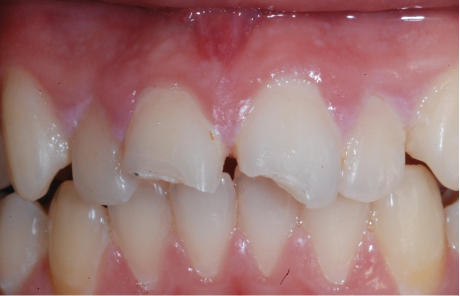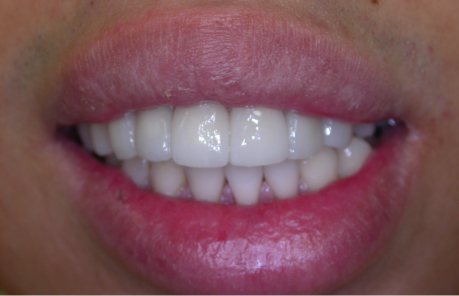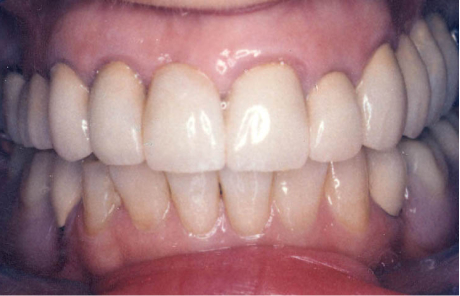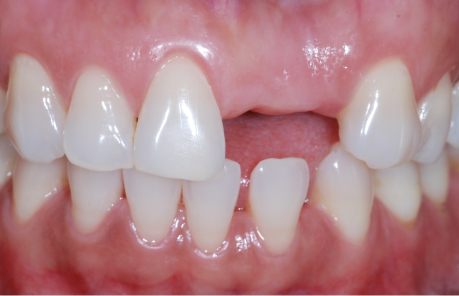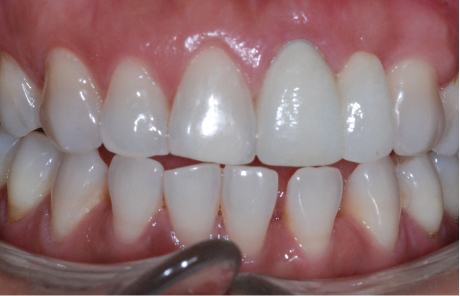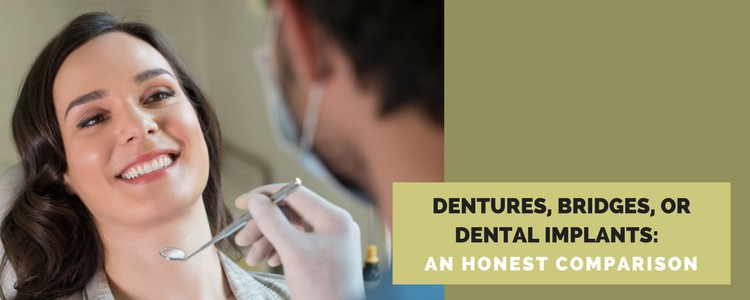Would you like to be that person who walks into and room and lights it up with your picture-perfect smile?
In addition to being a sign of attractiveness, smiling is a very powerful expression. This simple facial movement can raise one’s spirits and make those around them happy – it’s also said to be highly contagious. Unfortunately, the majority of us are not born with a dazzling set of chompers that is often shown on the cover of magazines.
In fact, there’s a pretty good chance that many of those Hollywood A-list celebrities who grace the red carpet and glossy publications have logged several hours in a dentist chair over the years. Being a dentist with a special interest in cosmetic dentistry, I find myself constantly evaluating peoples smiles. I have noticed many younger actors who did not have the best smiles in their earlier films, but then once they became well known, they have their teeth done. In some cases, their teeth were done well and someone who had not seen them before would not know. However, in other cases, I have seen celebrities who have had less than ideal cosmetic work on their teeth and it is quite obvious.
For those who are unhappy with their teeth, it’s never too late for a smile makeover.
Cosmetic dental treatments can vary from changing the size, shape, and alignment of certain teeth to improving or correcting bites, filling in unattractive spaces, brightening discoloured enamel –just to name a few.
While there’s the option of transforming your entire mouth, you may only need to do some of your teeth. Let’s take a closer look at what makes a perfect smile and how you can achieve it.
What Makes a Perfect Smile?
When it comes to determining whether you have a beautiful, picture-perfect smile, there are some key factors to keep in mind:
- Are your teeth bright and free from stains?
- Are they reasonably symmetrical and straight?
- Do they follow the alignment of your (lower) lips?
- Do they fill in the spaces between the lips and cheeks?
- Do they all look like they belong together or does one or two stick out like a sore thumb?
Simply looking in the mirror may not give you all the answers you need. Instead, have someone take some close-up photos of your smile as well as some head and neck photos. When looking from the front and the side, how many teeth show when you smile? Are your teeth too long, too short, sticking out or just not visible at all. We also have to look at the gum height and symmetry as this will also affect how our teeth and smile will look. Note: most people will show 8-10 teeth on average when they smile unless of course, you happen to be Julia Roberts.
Step by Step Process – Cosmetic Dentistry
The first thing that we have to consider is what are your expectations. Do you want your teeth to be dazzling (Hollywood) white, perfectly straight, bright but natural-looking etc? If you are not sure clip out some photos from magazines to show your dentist. Having an understanding of what your expectations are will help us to determine what needs to be done and whether or not your expectations are realistic.
We also will take photographs and models so that we can both see just how many teeth show when you smile, to evaluate what needs to be done and how many teeth will be involved. For example, if all of your teeth are very good in size, colour and shape but one or two are less than ideal, we can often just treat those two teeth provided you are happy with the others. But if these few teeth are not made in a way to match the others, you may end up with a few beautiful looking teeth that look like they do not belong.
An example is someone who has back teeth that are very discoloured, short or generally unattractive. If the front teeth are done when the person smiles the new teeth will stick out like a sore thumb. This is particularly evident when someone sees you from the side. That is why it is good to look at a profile and 45’ angled photos. In some cases, the back teeth initially look quite good, but if the front teeth are made even a little bigger and or brighter all of a sudden the back teeth will seem to “disappear” and it may look like the person does not have any back teeth.
An attractive smile has ideal symmetry from left-to-right and from front-to-back. Therefore if you were to just do the front teeth and neglect the back teeth there may be a lack of symmetry which may cause the front teeth to stand out and look fake.
Lower Teeth
Lower teeth may not be an issue because they usually don’t show as much as the rest – in reality, they usually are ½ to one full shade darker in colour. In many cases, you can get away with leaving the lower teeth as they are or simply bleaching them to freshen up your smile.
However, if there is to be a major difference between the brightness of upper and lower teeth, it may be necessary to whiten the lowers with some composite (white filling material) bonding.
Cosmetic Dentistry’s Alternative ‘Cheaper’ Options
Dental Teeth Bonding
If costs are an issue, there are ‘cheaper’ options for a ‘toothy transformation.’ For example, in some cases, bonding can be used in lieu of porcelain veneers.
Although almost all white materials (porcelain and white fillings) are bonded to the teeth, when we use the term bonding most dentists are referring to using a white filling material to cover the front surface of a tooth as opposed to porcelain. This is often a less expensive alternative as there is no laboratory cost for the porcelain veneer or crown.
It can be much more difficult and challenging however as the material itself has certain limitations and the outcome is dependent on the dentist having a keen aesthetic eye and the skills necessary to deliver an excellent result. Bonding generally will not last as long as it is more fragile and prone to staining, so you have to expect to touch up or replace it every 5 to 7 years.
Teeth Bleaching
Bleaching your teeth can also make a big impact if the only issue is tooth colour. Bleaching can help to restore the whiteness that can erode with time. Depending on the actual colour of your teeth they may or may not whiten very well with bleaching. Teeth that are more uniform in colour, no “blotches” or cracks and that are mainly yellow will whiten very well with bleaching. Gray, brown, orange teeth or those stained by tetracycline will not bleach very well. And teeth which have a lot of spots, cracks or a combination of colours may whiten only to increase the contrast between the whiter enamel and the cracks/spots etc. making them look even worse.
When it comes to a ‘toothy transformation,’ there are numerous ways to a brighter, more attractive smile. Come in for a consultation and we’ll help you decide which option is best for your smile and your budget.



